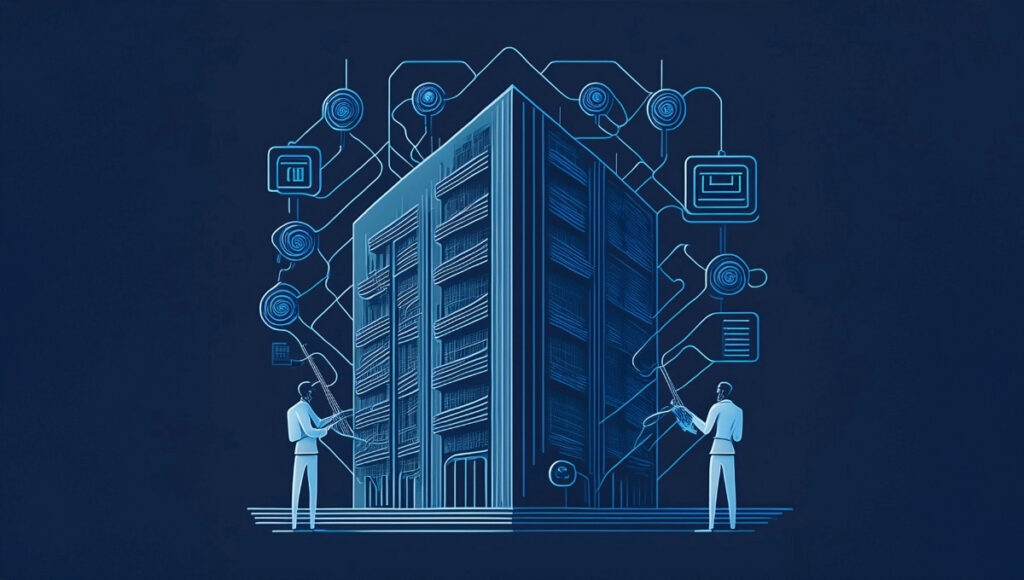The latest *Monday Live* episode marked a special milestone: 5 years and 224 episodes of exploring the future of smart buildings. Hosts Ken Sinclair and Anto Budiardjo kicked off the session by reflecting on their journey since April 2020, surviving COVID and evolving discussions from basic automation to cutting-edge AI integration. Here’s a breakdown of the key themes and debates:
*”Five years ago, we were just trying to keep the lights on during COVID. Now we’re debating how AI will redefine our industry. That’s progress.”* – Anto Budiardjo
Understanding Ontologies in the Context of AI
At its core, an ontology is a formal representation of knowledge within a domain, structured in a way that enables reasoning about the entities within that domain and their relationships. In the context of smart buildings, ontologies can help define how devices communicate, share data, and operate in a synergistic manner. For example, defining terms such as “temperature sensor” and “HVAC system,” along with their interactions, can streamline processes and enhance efficiency.
Are structured ontologies truly necessary for AI’s function?
This debate was a key theme in the discussion. Some experts argue that traditional ontologies provide a foundational framework that enhances communication between devices and systems. Others contend that modern AI algorithms, particularly those utilizing machine learning, can infer relationships and generate context without a rigid structure.
The Ontology vs. AI Debate: Structured Frameworks vs. Contextual Intelligence
Michel Kohanim’s Argument: AI Can Replace Rigid Ontologies
- Dynamic Contextualization: AI can infer relationships between data points (e.g., linking a thermostat to a room sensor) without predefined ontologies.
- Example: Nest thermostats learned user behavior without needing a formal ontology.
- “Ontologies are a crutch”: Over-reliance on them may stifle AI’s ability to discover novel patterns.
Counterpoint: Ontologies Enable Relational Understanding
- Data Relationships Matter: Ontologies define how devices interact (e.g., a valve controlling airflow to a room), which AI alone might misinterpret.
- “AI needs guardrails”: Structured frameworks ensure consistency, particularly in complex systems such as HVAC or energy grids.
The Middle Ground
Metadata’s Role: Even unstructured data benefits from basic tagging (e.g., timestamps, geolocation) to guide AI training.
Hybrid Approach: Use lightweight ontologies to define critical relationships, while allowing AI to handle edge cases.
AI’s Role in Smart Buildings
During the episode, the hosts explored how AI enhances the communication between devices in smart buildings. For instance, Google’s recent developments in agent-to-agent communication protocols signify a paradigm shift. Instead of relying on pre-defined rules and structured ontologies, devices can share information autonomously, interpreting each other’s data based on learned behaviors and patterns. This type of AI-driven interaction presents an exciting possibility: an environment where devices can adapt in real-time without requiring explicit instructions. Ken Sinclair highlighted the essence of this change, noting that AI operates on mathematical probabilities, allowing it to derive meanings from context rather than relying solely on semantic structures. He raised a compelling point: if AI can derive context independently, perhaps structuring data with ontologies becomes less critical.
“The Tiger Team isn’t about reinventing the wheel—it’s about making the wheel fit every car.”
Looking Ahead: What’s Next for Smart Buildings?
- May Episodes will tackle AI ethics, cybersecurity in hybrid systems, and case studies of ontology-AI hybrids in action.
- Join the Conversation: Tune in live Mondays to ask questions or share your take on LinkedIn using #MondayLive.
Stay tuned for more updates, and continue to make buildings smarter!* 🏙️🔧



